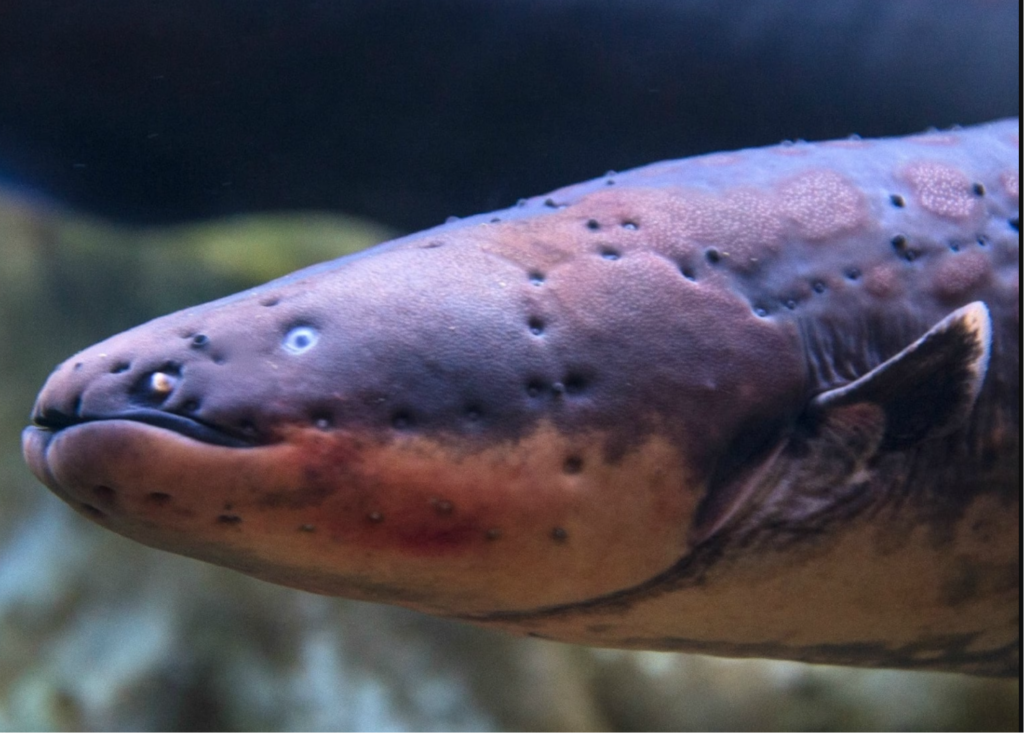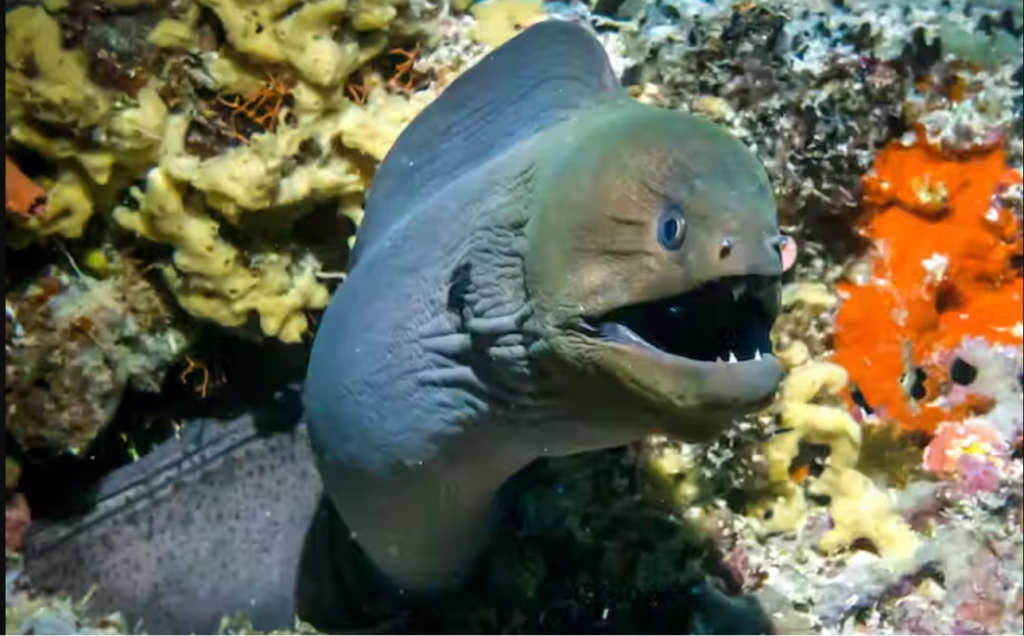Electric eels are among the most fascinating and mysterious creatures on Earth. They can generate powerful electric shocks that can stun or kill their prey, as well as help them navigate and communicate in murky waters. They can also grow up to 2.5 meters long and breathe air through their mouths. But what is even more surprising is that electric eels can alter the genetics of nearby organisms, a discovery that highlights the role of natural electricity in genetic changes.
The Electrifying Abilities of Electric Eels
A team of researchers from Nagoya University in Japan has found that electric eels can induce mutations in the DNA of bacteria and plants that are exposed to their electric discharges. The researchers conducted experiments in which they placed electric eels in tanks with water samples containing bacteria or plants, and then measured the frequency and type of mutations that occurred in the DNA of the organisms after being shocked by the eels. They found that the electric shocks increased the mutation rate by up to 10 times, and that the mutations were mostly deletions or insertions of DNA segments.
Also read : Why Our Eyeballs Don’t Fill Up With Water When We Swim?

The researchers also analyzed the mechanism of the electric-induced mutations, and found that they were caused by the formation of reactive oxygen species (ROS), which are molecules that can damage the DNA and other cellular components. ROS are generated when water molecules are split by the electric current, and they can react with the DNA and cause breaks or errors in the replication process. The researchers also found that the electric shocks activated the DNA repair systems in the bacteria and plants, which tried to fix the damage but sometimes introduced errors or rearrangements in the DNA.
The researchers believe that electric-induced mutations may have evolutionary implications, as they may increase the genetic diversity and adaptation of the organisms that survive the electric shocks. They also speculate that electric eels may use their electric shocks not only for hunting and defense, but also for manipulating the genetics of their environment, such as influencing the microbial communities or the plant growth in their habitats. They also suggest that electric eels may serve as a model for studying the effects of natural electricity on living systems, and for developing new applications of bioelectricity in biotechnology and medicine.

The study, published in the journal Science Advances, is the first to demonstrate that electric eels can naturally alter the genetics of nearby organisms, and to reveal the molecular mechanism of the electric-induced mutations. The study also adds to the growing knowledge and appreciation of the electric eel, which has inspired the design of the first battery in the 18th century, and continues to inspire the development of new power sources and devices in the 21st century. The electric eel is the biggest power-making creature on Earth, and it may also be the biggest power-shaping creature on Earth.
FAQ
Q: What makes electric eels unique?
A: Electric eels (Electrophorus electricus) are knifefish known for their ability to generate electric shocks. They use this electric capability for navigation, communication, and predation in the murky waters of the Amazon.
Q: What recent genetic discoveries have been made about electric eels?
A: Recent research into the genetic makeup of electric eels has revealed a peculiar genetic impact. Genes associated with the development of the electric organ, responsible for generating electric shocks, showed evidence of positive selection, suggesting evolutionary forces favored the enhancement of these genes.
Q: What is the significance of the genetic impact on electric eels?
A: The genetic impact indicates that the genes associated with the development of the electric organ underwent positive selection, contributing to the eels’ powerful electric capabilities. This adaptation is a unique example of how organisms evolve to thrive in their environment.
Q: What role do gene duplications play in the electric eels’ electric organs?
A: The study identified gene duplications associated with voltage regulation in the electric organ. These duplications likely contribute to fine-tuning the precise control of electric voltage, showcasing a mechanism for functional diversity in the genes involved.
Q: How do electric eels use their electric organs beyond generating shocks?
A: Electric eels utilize their electric organs for various functions, including communication with other eels, navigation in murky waters, and environmental sensing. The genetic adaptations discovered in the study highlight the multifaceted nature of these electric organs.
Q: What are the potential applications of understanding the genetics of electric eels?
A: Understanding the genetic basis of electric eels’ abilities holds promise for bioengineering and medical applications. Insights into voltage regulation and gene duplications could inspire innovations in bioelectronic devices and contribute to the study and treatment of certain neurological conditions.
Q: Are there conservation implications for electric eels?
A: Electric eels face threats such as habitat loss and overfishing. Insights into their genetics contribute not only to our understanding of their adaptations but also provide valuable information for conservation strategies aimed at preserving these unique creatures and their habitats.
Q: Why are electric eels considered remarkable organisms?
A: Electric eels are considered remarkable due to their extraordinary electric capabilities, the genetic adaptations that underlie these abilities, and their multifunctional electric organs. These features exemplify the diversity and adaptability of life in nature.
Q: How might the genetic discoveries of electric eels inspire scientific curiosity?
A: The genetic discoveries of electric eels offer a glimpse into the intricate workings of nature, inspiring scientific curiosity. As researchers uncover the secrets hidden in the genomes of unique organisms, the study of nature’s wonders continues to captivate and expand our understanding of the world.
Q: What threats do electric eels face, and why is conservation important for them?
A: Electric eels face threats such as habitat loss and overfishing, emphasizing the importance of conservation efforts. Conservation is crucial to preserving the biodiversity of the Amazon and ensuring the survival of these unique creatures in their natural habitats.
Also read : Researchers Find That Bees Are Faster And Better Decision-Making Than Humans




































